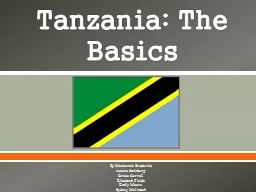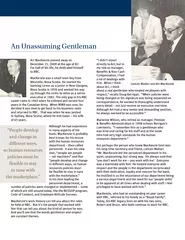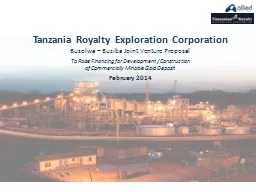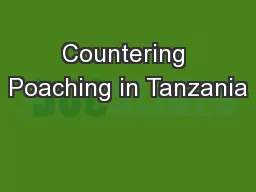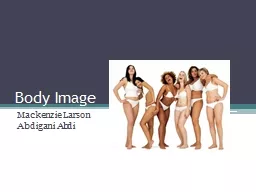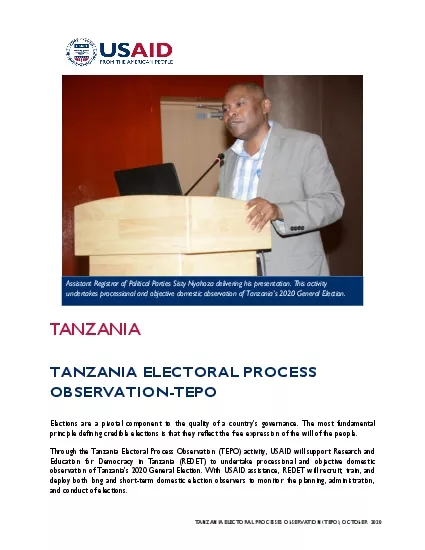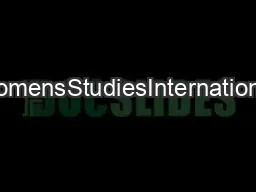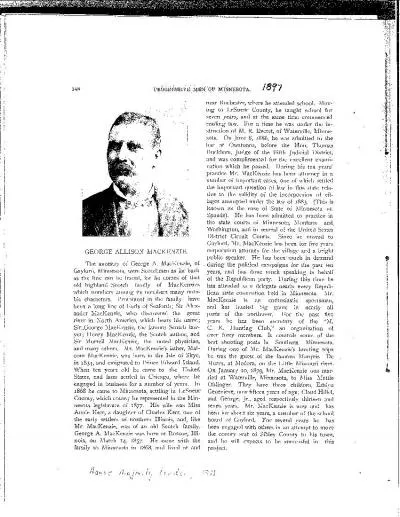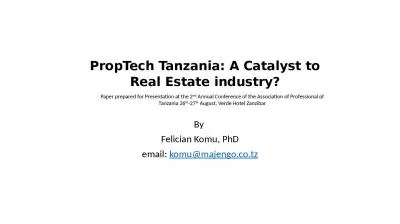PPT-Tanzania: The Basics By Mackenzie Broderick
Author : sandsomber | Published Date : 2020-11-06
Acacia Steinberg Grace Carroll Elizabeth Fields Emily Moore Sydney McIntosh Background Julius K Nyerere was born in Butiama Tanzania in 1922 He was called Mwalimu
Presentation Embed Code
Download Presentation
Download Presentation The PPT/PDF document "Tanzania: The Basics By Mackenzie Broder..." is the property of its rightful owner. Permission is granted to download and print the materials on this website for personal, non-commercial use only, and to display it on your personal computer provided you do not modify the materials and that you retain all copyright notices contained in the materials. By downloading content from our website, you accept the terms of this agreement.
Tanzania: The Basics By Mackenzie Broderick: Transcript
Download Rules Of Document
"Tanzania: The Basics By Mackenzie Broderick"The content belongs to its owner. You may download and print it for personal use, without modification, and keep all copyright notices. By downloading, you agree to these terms.
Related Documents

